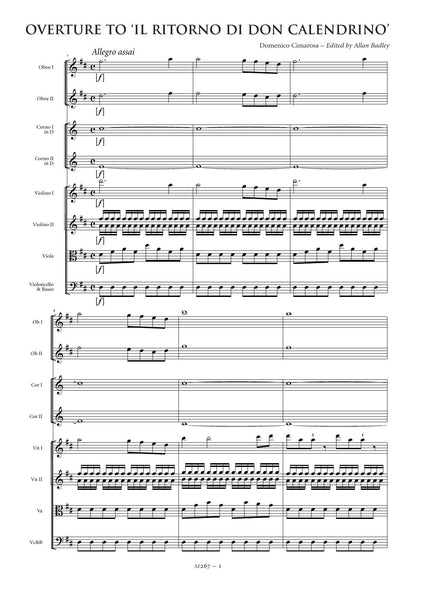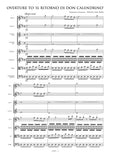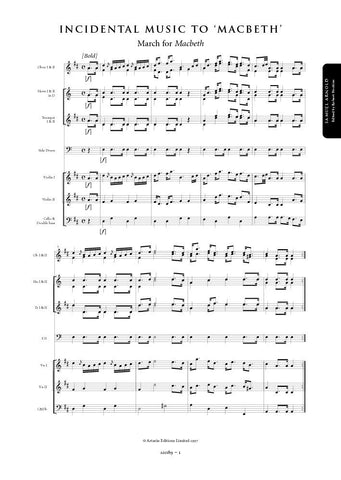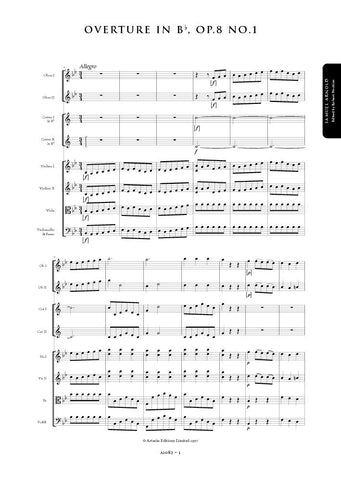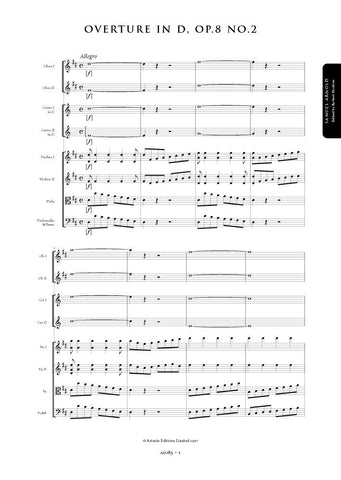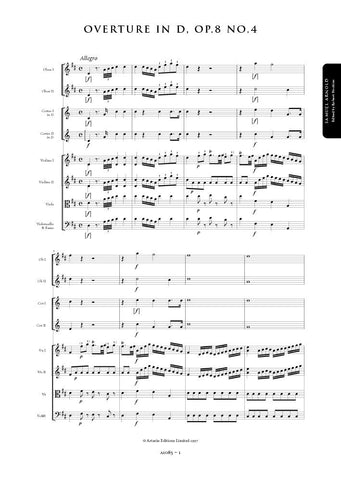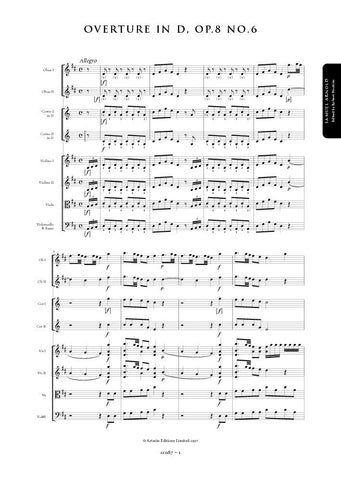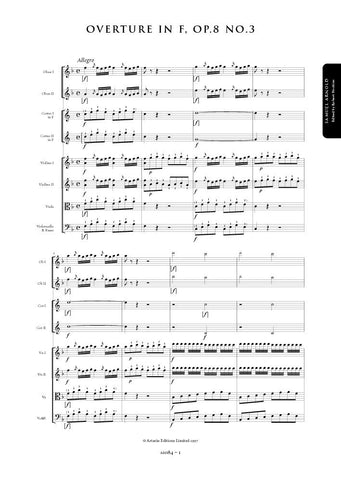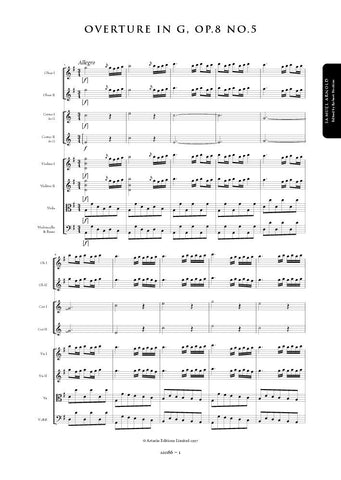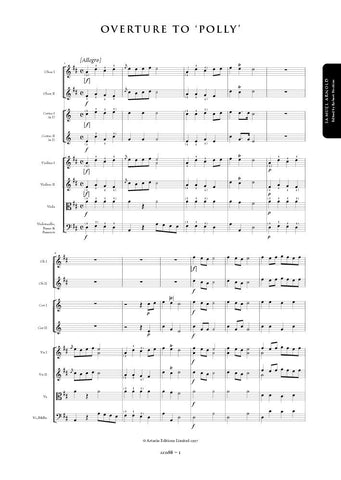Cimarosa, Domenico: Overture to 'Il ritorno di Don Calendrino' (AE267) – sheet music
Previous Product Next Product
Description |
Cimarosa, Domenico (1749-1801)
|
||||||||||||||||
Audio sample |
|||||||||||||||||
Details |
Il ritorno di Don Calendrino (The Return of Don Calendrino), an intermezzo in two acts with libretto probably by Giuseppe Petrosellini, was given its prima during the Carnival season of 1778 at Teatro Valle in Rome. Well received by the public, further performances of it were mounted at Teatro di via del Cocomero in Florence during the autumn of 1788. On this occasion it was identified under the rubric dramma giocoso per musica.When it was given in Livorno in the spring of 1783 the title was changed to Armidoro e Laurina. In the spring of 1785 it was produced in Prague under its original title. It was probably also mounted in Rome during the season of 1780, and given at Teatro di Santa Cruz in Barcelona during the spring of 1788, and again in Florence - this time at Teatro di Piazza Vecchia - during Carnival 1793. Under the title Armidoro e Laurino it was mounted in Vienna in 1787 and revived there for the 1887 season. Because Il ritorno di Don Calendrino was commissioned by Rome's Teatro Valle immediately after Cimarosa had finished his comedy L'Armida imaginara for Teatro dei Fiorentini in Naples, the composer simply borrowed 132 bars from a total of 216 directly from the overture for L'Armida imaginara for his new overture, and then added two completely new movements: an Andantino in 2/4 of some 68 bars in which dynamic contrasts are a key element, and a closing Allegro con spirito in 2/4 of 128 bars. The story of the opera is a simple one. Don Calendrino, who lives in Monte Secco where his father is the Chief Magistrate, pretends to know everything, willingly promises everything, but is unable to even think logically. Livietta, a rich peasant girl from the countryside, is full of vim and vigour and tries to pretend she is a lady, a very learned lady, but she is always making mistakes, both in grammar and in deportment.Monsieur le Blonde is a ridiculous traveller who talks incessantly about all the places he implies he has visited (and knows almost nothing about); he is ready to give a learned discourse on travel anytime, any place. Irene is a young girl, simple above all else, the sister of Valerio, the Mayor of Monte Secco. Eventually, after much fun and contrived masquerading, Livietta and Don Calendrino end in each other's arms, as do Irene and Monsieur le Blonde. This edition is based on the holograph score which is preserved in the library of the Conservatorio di musica S Pietro a Majella, Naples (Rari 1-4-5). As is the case with all Cimarosa's autograph material the overture to Il ritorno di Don Calendrino shows signs of having been composed at breakneck speed. Every conceivable notational shortcut is taken and his placement of articulation and dynamic markings is erratic. It has been necessary, therefore, to frequently interpret the composer's intentions and even at times to impose an editorial solution where his own thoughts are not clear. Cimarosa's horn notation is often problematic and in this instance the editor has decided to adopt the conventional 18th-century practice of writing the horn parts in C, in the treble clef. In making sense of Cimarosa's score the style and notation of articulation and dynamic markings have been largely standardised throughout, and, where missing, markings have been reconstructed from parallel passages. These are indicated by the use of dotted slurs or brackets where appropriate. Obvious wrong notes have been corrected without comment; editorial emendations with no authority from the source are placed within brackets. Nick Rossi |
||||||||||||||||
Score Preview (best viewed in full screen mode) |
|||||||||||||||||




